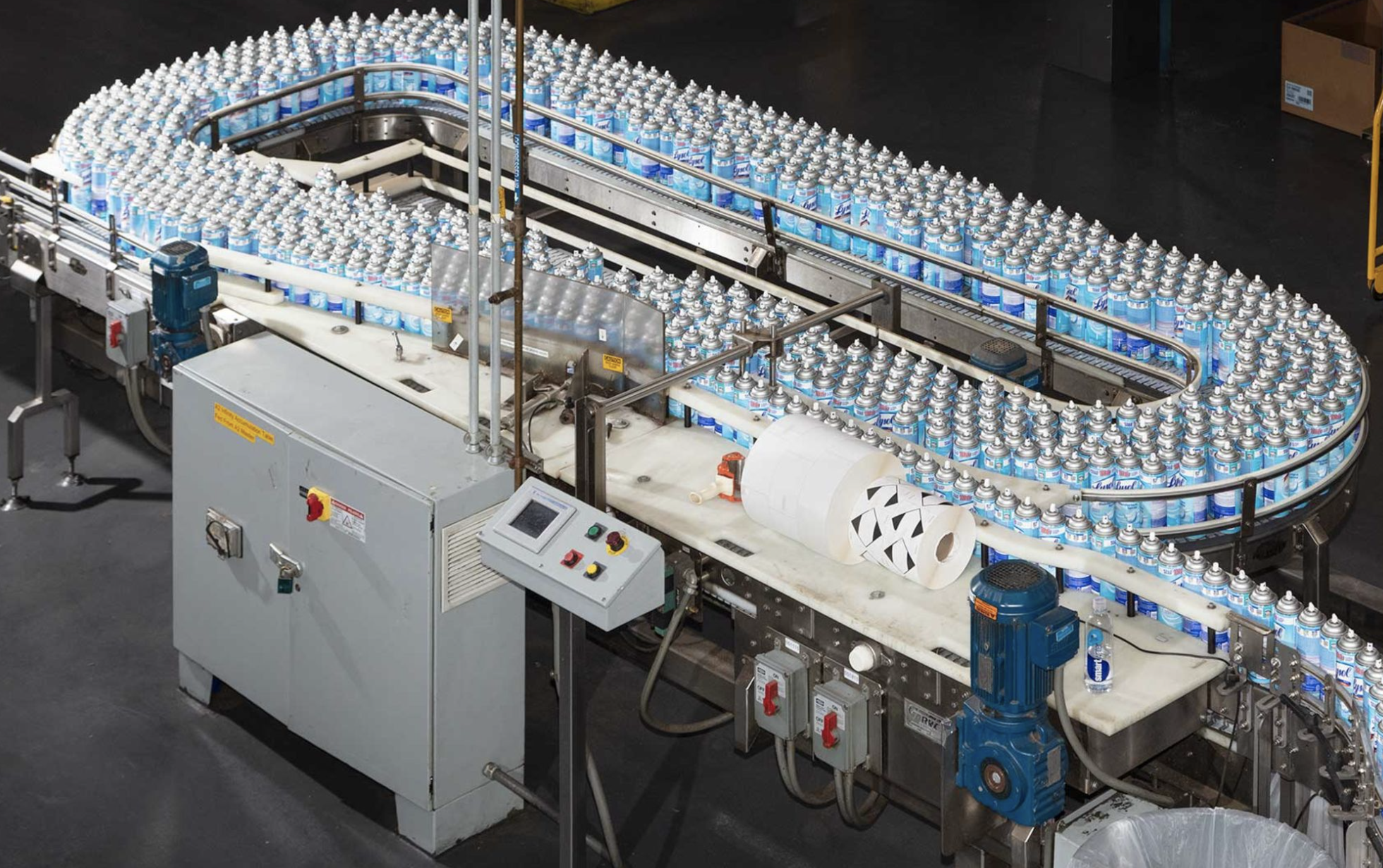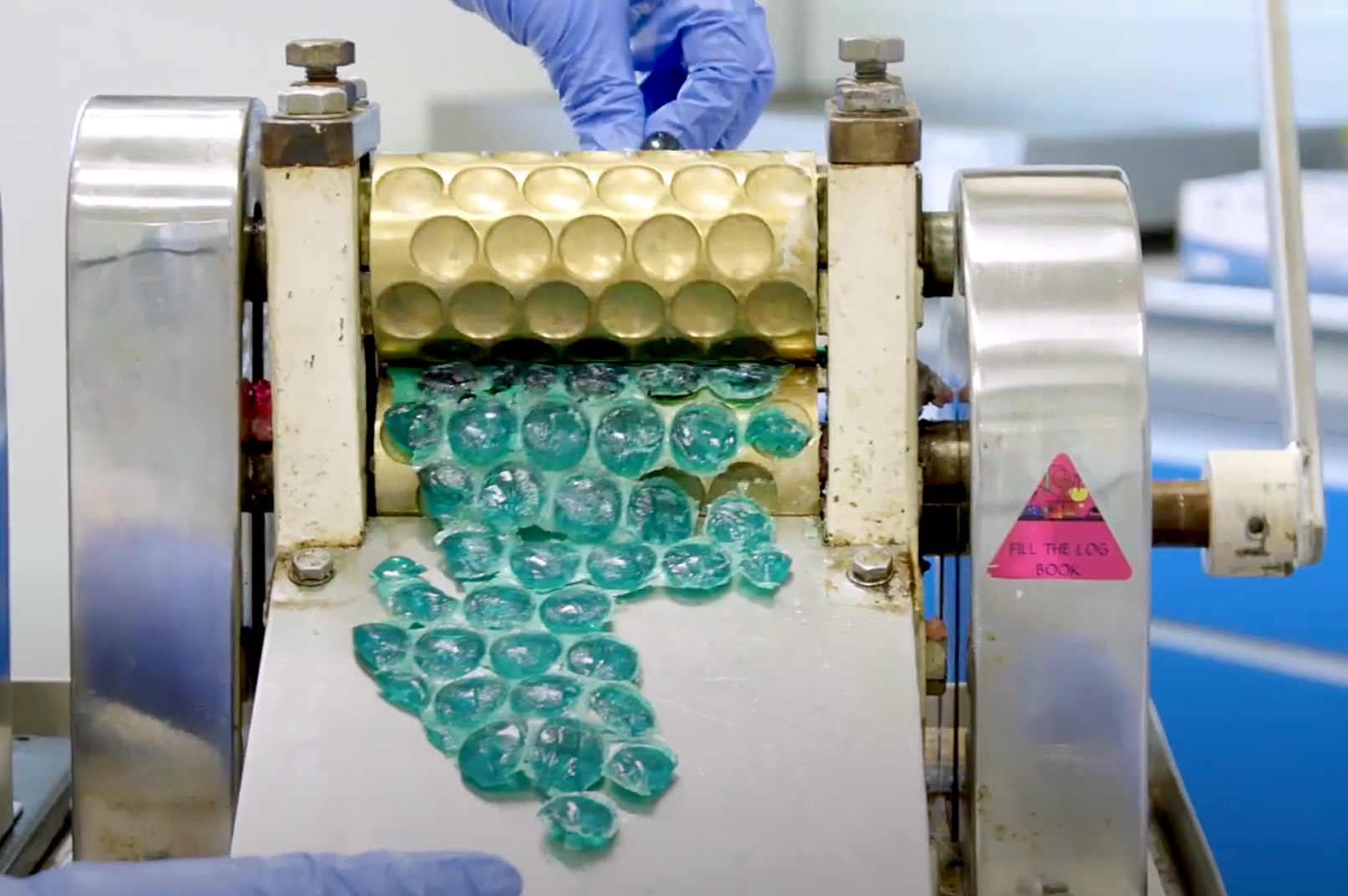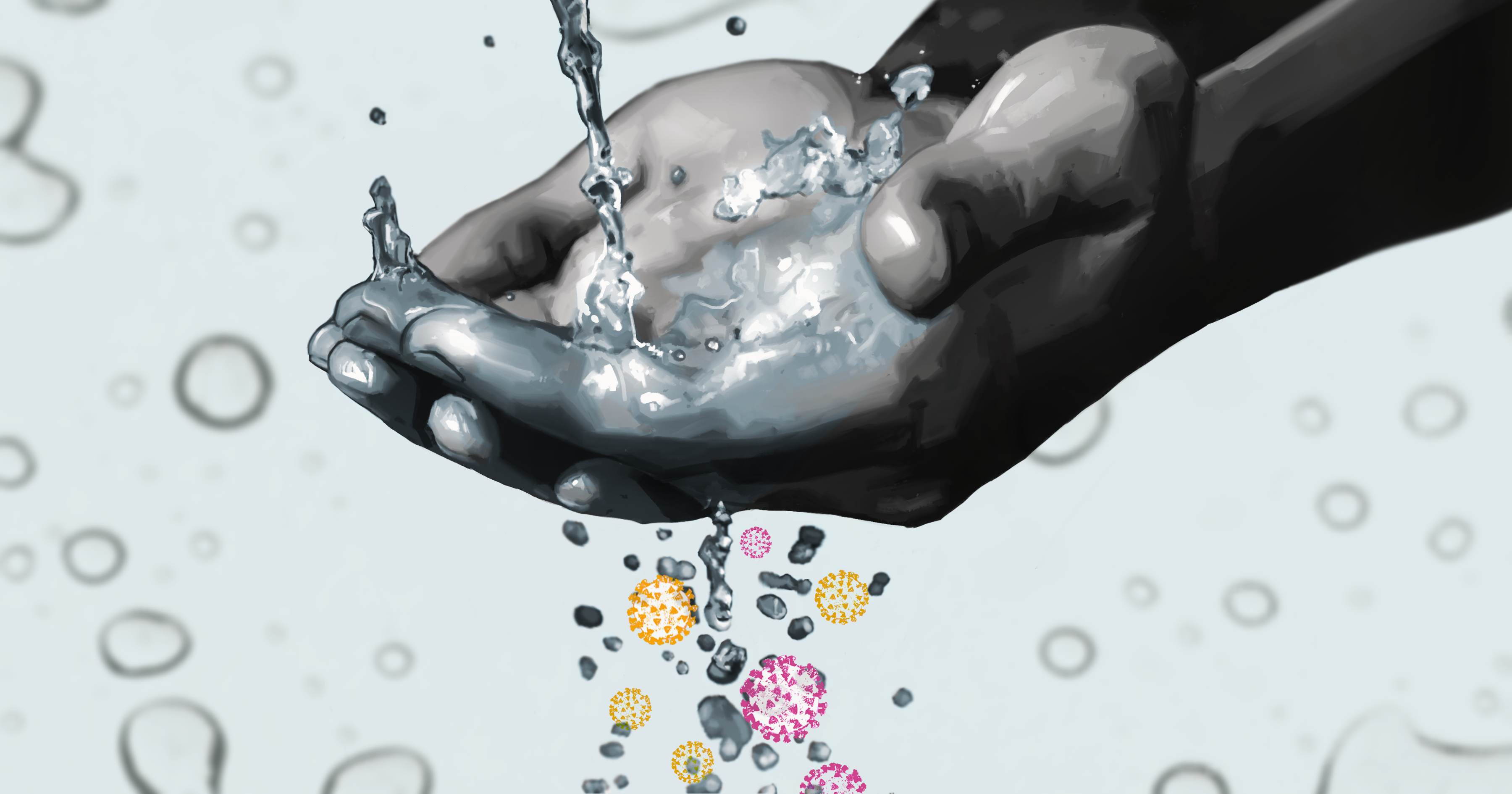What do you do when the world is in the throes of a historic pandemic and you’re in charge of innovation for the world’s number one disinfectant brand? To find out, we spoke to Willem Rensink, Group Director for Hygiene Innovation Partnerships at Reckitt, the consumer products giants that makes Lysol, Dettol, Vanish and dozens of other mainstay household brands.
How did COVID alter the innovation strategy for hygiene? Obviously, the exploding demand for disinfectants is a key one, but what were some other new market demands or shifting customer expectations that influenced your innovation activities?
COVID reinforced the need for disinfection and hygiene because it’s so front and center. For example, if you look at wipes, that category has gone up quite a bit because it’s an easy way [to disinfect] on the go.

How has it affected the innovation priorities within the hygiene category?
Now, probably a year in, I think we will start seeing that inflection point where the number of companies that are launching disinfection products or innovative approaches increased. I don’t think anyone had heard about disinfect-tech before the pandemic. Now, I think you’ll see that landscape expanding for sure. Changed cleaning habits are expected to last to a certain extent and staying at home has definitely changed some other habits. That’s something the air care category has looked into–what does that mean for fragrance expectations? How do you formulate for the future?
I don’t think anyone had heard about disinfect-tech before the pandemic. Now, I think you’ll see that landscape expanding for sure.
Which hygiene brands benefitted from the pandemic and why?
For Lysol, the brand equity is built around disinfection, so the brand was very well-positioned to be available for consumers as a preferred solution. We were also one of the first to demonstrate the efficacy of our products against COVID, and we published a study on that early on.
For Lysol, the brand equity is built around disinfection, so the brand was very well-positioned to be available for consumers as a preferred solution.
Reckitt has a history of embracing external innovation. How has that paid off for the company during the pandemic, and could you offer some examples?
One example is the Global Hygiene Institute, which reinforces our thought leadership around hygiene and the importance of hygiene practices in breaking the chain of infection. A lot of the pipeline launches are planned one, two years ahead. Whatever is happening during the pandemic opens up opportunities, but it is also about keeping the innovation pipeline going during the restrictions of the pandemic.
Innovation comes from engaging with different people that didn’t know you had the problem you are trying to solve. Creating those moments for connection are just more difficult in a remote world, but taking cold calls, finding people on LinkedIn and getting challenges out through Halo are still fueling innovation. You’ll see those innovations in products on the shelves one, two, three years out.

Why did you decide to do an open call for proposals with Halo and what solutions are you seeking?
My philosophy is that, if you specify the problem you’re trying to solve, it might connect you with people that have a solution to that problem. The key is being open to cross-disciplinary research.
The first opportunity, the high-dilution germ kill, was chosen as an immediate need. The safe and effective alternatives that kill germs at high dilution are very challenging, especially in laundry at high dilution. And you can’t put too many traditional biocides in the product because it needs to be safe while being effective. There’s a real technology gap and the challenge is addressing a real consumer problem.
The second one, the oxy system, is also interesting. We’d love to create more compacted formats so we don’t have to ship around water and reconstitute it, but to do that and still give the oxidative power that you need is a real challenge. It opens the formulation up for different chemistry.
The third one, photocatalysis, is really a new space because it is not commonly used. With the reinforced need for long-lasting disinfection, photocatalysis has a lot of opportunity because of its self-driving nature–it’s fueled by light. This is a whole different mechanism that can be very energy-efficient. Rather than consuming chemicals to do the job, you’re trying to drive it with light. We also have reason to believe that there are some recent breakthroughs in the field and see a new future with solutions that are enabled by photocatalysis.
My philosophy is that, if you specify the problem you’re trying to solve, it might connect you with people that have a solution to that problem. The key is being open to cross-disciplinary research.

Is there anything else about the Halo/Reckitt partnership or other innovation topics you’d like to discuss?
For me it’s about connecting to the consumers. Having purpose-led brands enables you to activate partners interested in using our scale to drive sustainable solutions and reach consumers.
We’re in this pandemic for over a year, trying to do all this contract tracing, but there’s still a lot of unknowns on how exactly this disease is spreading and how to prevent it from spreading. Is it aerosol transmission? Is it surfaces? Is it a combination of both?
There are so many unknowns still and we’ll probably see a flurry of papers for years to come. How do you then translate these insights into meaningful consumer products if you put breaking the chain of infection at the front of it?
Of course, we know that a lot of common diseases are much more problematic in developing countries. How do you translate these insights or support good hygiene practices in areas where there’s less focus on hygiene? You need to be part of a community and be seen as a company that is serious about tackling these issues. The same is true of plastics and new packaging solutions.
There is also the opportunity to work more across hygiene and health so we can support consumers living healthy lives.


